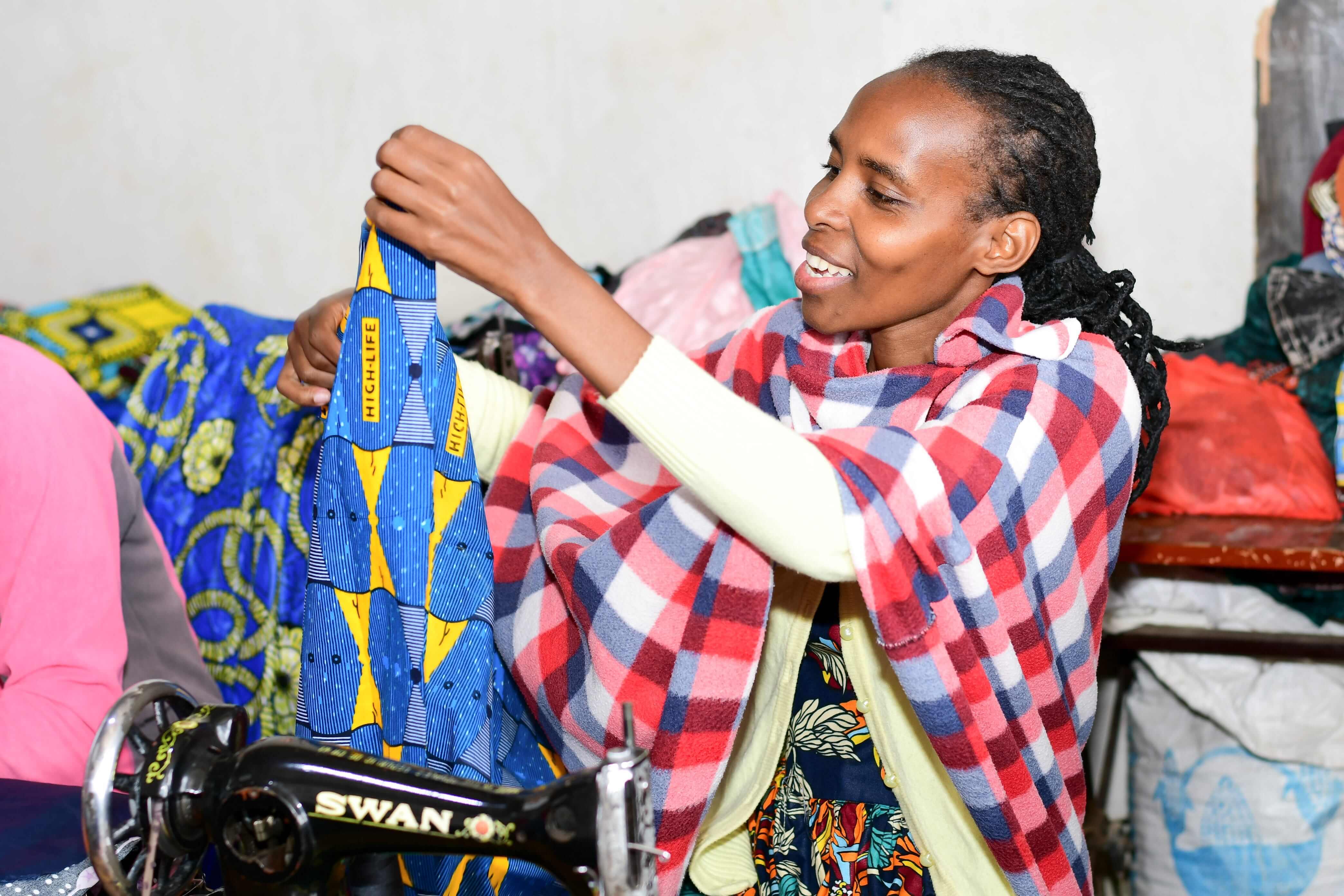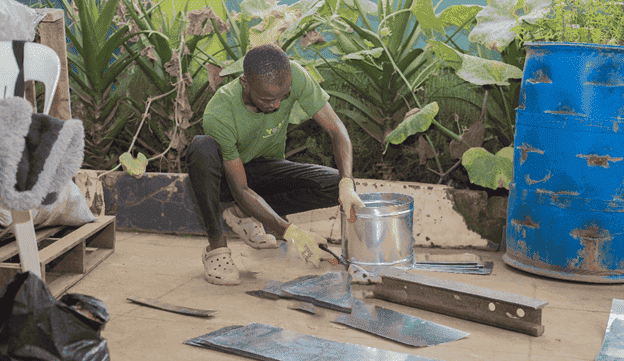Shining a spotlight on urban refugees in East Africa
Shining a spotlight on urban refugees in East Africa
Up to 60 per cent of the world’s 19.5 million refugees live in cities and towns, according to the UN Refugee Agency

The Covid-19 pandemic has had and continues to have a profound impact on the wellbeing and livelihoods of people the world over, more so among vulnerable groups like urban refugees. Up to 60 per cent of the world’s 19.5 million refugees live in cities and towns, according to the UN Refugee Agency (UNHCR).
The East Africa region hosts a significant number of urban refugees. In Kenya, according to UNHCR, there are 81,000 refugees living in urban areas, most of them in Nairobi City. In Kampala City, that figure stands at 88,829, comprising of 67,667 refugees and 21,162 asylum seekers. Refugees in the two East African cities live with host communities in low-income settlements with limited access to social services, circumstances that hinder their self-reliance and calls for deliberate interventions to address their plight and that of their hosts.
Every year the World celebrates June 20 as World Refugee Day to honour and raise awareness about refugees. The theme for this year is ‘‘Together we can heal, learn and shine’’. Uganda and Kenya have played host to displaced populations from the East Africa region and other parts of Africa for more than three decades. For this, Uganda has deservedly been hailed globally for having a progressive refugee policy. The country passed the Refugee Act in 2006 and the refugee regulation in 2010.
The legislation provides refugees in Uganda the right to work, enjoy freedom of movement, access to basic services and to live in places other than refugee settlements. Kenya on the other hand has the Refugee Act of 2006 which grants refugees the right to work and participate in economic development. Both countries have, among others, committed to the 2018 Global Compact on Refugees, the 2017 Nairobi Declaration on Somali displacement, the 2017 Djibouti Declaration on Regional Refugee Education and the 2019 Kampala Declaration on Jobs, Livelihoods and Self-Reliance.
They have also developed a progressive Comprehensive Refugee Response Framework that is geared towards boosting the participation of refugees in social and economic development. However, despite the progress registered, bottlenecks still exist. Urban refugees in Uganda and Kenya still face formal and informal barriers in the pursuit for self-reliance.
The refugees face huge challenges in accessing decent work opportunities, delays in acquiring identification, work related documentation, limited access to capital, lack of recognition of existing formal skills acquired from their home countries in addition to exclusion from the private sector and from public services. Consequently, the refugees have resigned to the informal sector which is fraught with challenges for both themselves and the city authorities, undermining their potential for meaningful contribution to the host countries’ economies.
But there is some light at the end of the tunnel. Several international and local actors are working in partnership with the Ugandan and Kenyan governments to address pressing obstacles faced by urban refugees. Amongst the stakeholders contributing to that effort is the five-year, IKEA Foundation funded East Africa: Boosting Urban Innovations for Livelihoods Development (Re: Build). The initiative is offering apprentices, training grants, mentorship, skills training, and certification, among others, for both refugees and their hosts in Kampala and Nairobi.
By the end of the project, it seeks to provide employment support to 20,000 refugees and members of the host community in Nairobi and Kampala. As the world gears up for the second Global Refugee Forum in November 2021, Uganda and Kenya have a distinct opportunity to lead the way in re-setting the agenda on urban refugees who still face monumental obstacles in their effort towards living a life of self-reliance.


